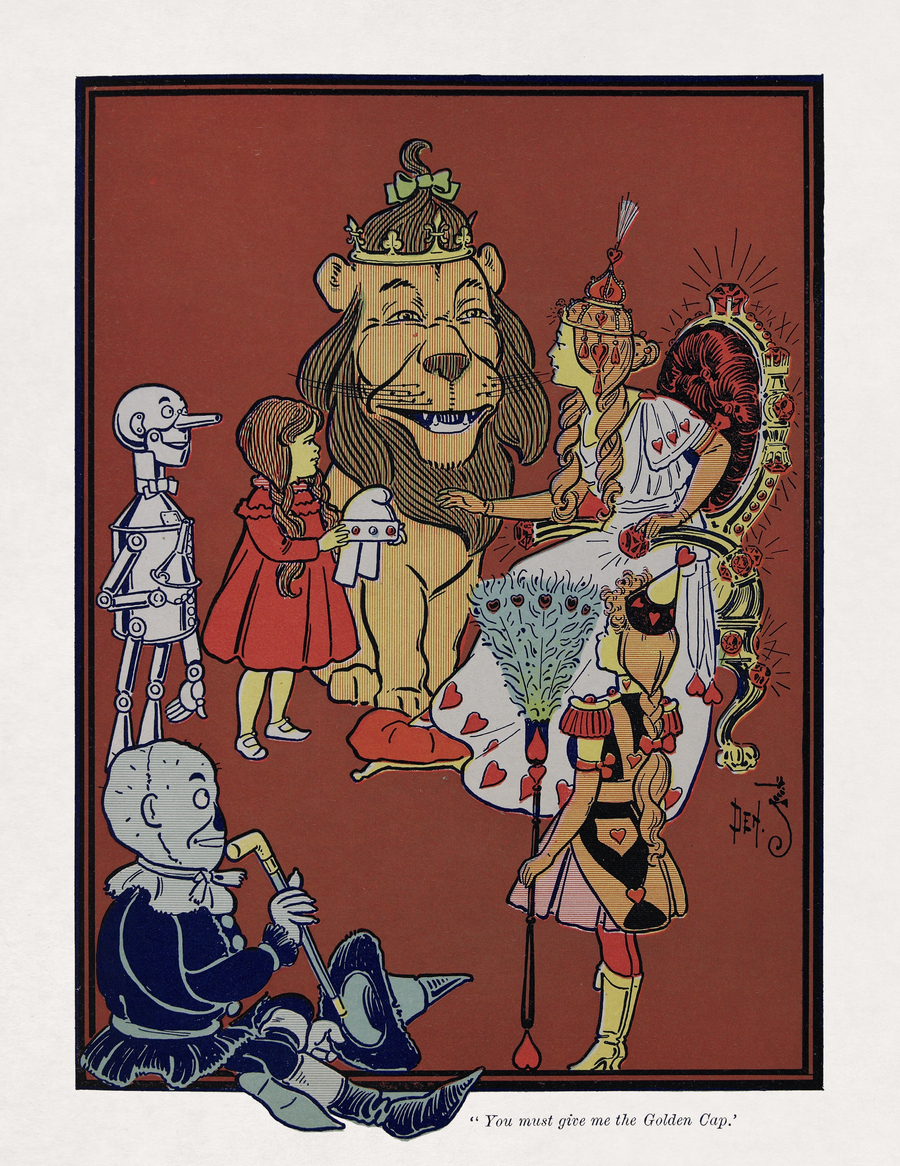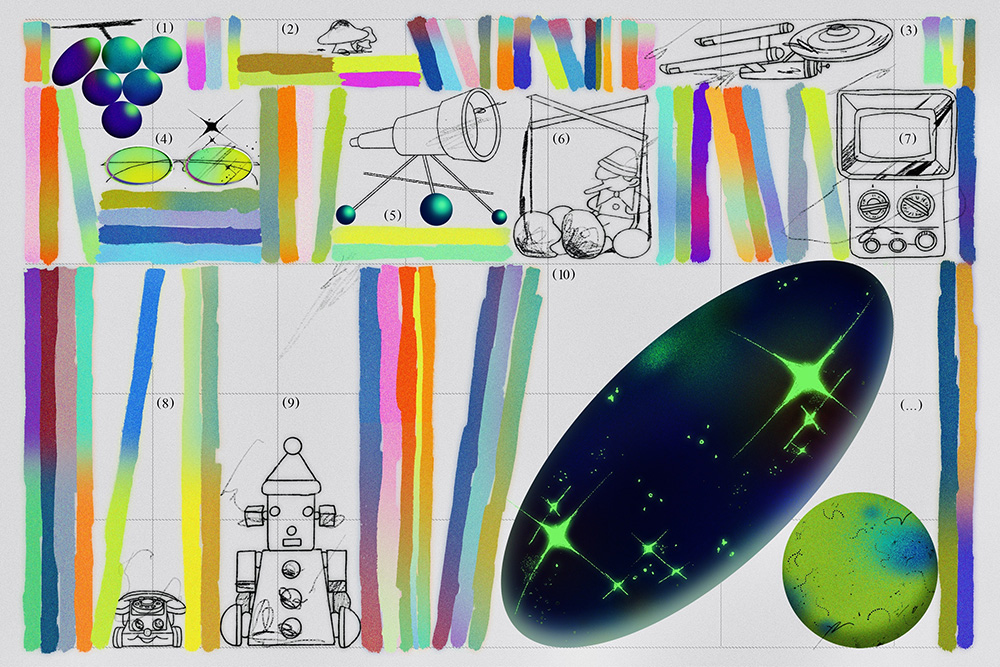
December 23, 2010
Rise of the Micro-Medici

Photo: Sten Porse. Source: Wikimedia
It’s been a polarized year for crowdsourcing. Ever since Jeff Howe coined the term in a 2006 Wired article, cultural buzz about the practice of doling out tasks to large groups of contributors has been on the rise. But as with any new technology — a word Kevin Kelly defines as anything useful the human mind makes — we’ve been feeling our collective way around the concept, empirically honing what it is — and isn’t — good for. Or, as Kelly puts it, we’ve been enlisting a “pro-action approach” that deems the actual use of a technology the only valid litmus test for its worth. Crowdsourcing has proven its utilitarian value in mechanical, information-based jobs like aggregating crisis information during the Haiti earthquake, pointing local government to neighborhood concerns that need addressing, or organizing the world’s knowledge on Wikipedia.
But it’s becoming increasingly evident that what crowdsourcing is not good for is evaluating, or worse yet, generating, creative value.
This, of course, is no grand revelation. Most of the creative community seems to concur. Look no further than the recent Gap logo, the tragicomic crowdsourcing debacle that may just be the New Coke of our time. Beaten down by public mockery — which ranged from a snarktastic Twitter feed to a DIY Gap logo maker that went viral — the iconic retailer retired the offender.
There’s a reason why the term “creative vision” is used to describe artistic and conceptual inventiveness. Creativity, particularly as it applies to innovation, requires a point of view. Crowdsourcing, by definition, springs from multiple viewpoints. This fundamental disconnect makes crowdsourcing an absurd tool for producing anything that aims to be original. (Something wryly and humorously addressed by one designer’s open letter to Gap.)
It’s a little bit like building a matchstick house – you certainly need all the matchsticks, but without a blueprint, you’d just end up with a pile of incendiary wood.
Crowdsourcing, however, has become valuable for creative projects in a different way. While efforts to tap the wisdom of crowds may fall flat in bringing creative visions to life, tapping the wallets of crowds has been incredibly successful. Microfunding platforms like Kickstarter, alongside a handful of copycats and competitors, are liberating innovators everywhere from film to industrial design to programming. Just this month, Scott Wilson funded his TikTok+LunaTik Multi-Touch Watch Kit concept on Kickstarter, raising a staggering $941,718. His idea — a snap-in design that transforms the iPod Nano into a multifunctional timepiece — had so much merit in the eyes of the microfunding community that it raised 6,827 percent more than the original goal of $15,000. LoudSauce allows supporters of causes and nonprofits to buy media space to help their message reach a wider audience and facilitate mainstream awareness. ProFounder enables entrepreneurs to microfund small business ventures; IndieGoGo does the same for independent filmmakers. ArtistsShare and PledgeMusic give artists the means to subsidize tours, shows and installations by sourcing donations directly from fans. Founded by a pair of World Bank and UN Development Fund alums, Kopernik uses the model to connect innovative humanitarian designs and technologies with the communities that would benefit from them, allowing local organizations to take the fulfillment of their needs into their own hands.
This new kind of patronage is essentially a return to the Medici, only in fragmented form via micropayments. An intelligent evolution of crowdsourcing, it preserves the nucleus of a creative endeavor – its singular point of view – while harnessing collective power to bring it to fruition.
Why does crowdfunding work where crowdsourcing fails? Because ideas are cheap and subjective, and money is expensive and objective. As Clay Shirky puts it in Cognitive Surplus, “People don’t actively want bad design — it’s just that most people aren’t good designers.” Asking crowd members to put their money behind someone else’s creativity does two things: It forces contributors to be more deliberate in their assessment of what constitutes a good idea, and it generates an absolute measure of merit based on the cumulative contributions of individuals.
This in no way perpetuates the myth of the creative genius who arrives at her Eureka! moment in isolation from the world. (Steven Johnson, in his excellent new book, Where Good Ideas Come From, makes a compelling case for the combinatorial nature of creativity.) It is, rather, an effort to describe an ecosystem with a division of labor — some create and some enable creation — but where yall parts operate in harmony. In the crowdfunding model, there is a mastermind with a vision and an inspirational force breathing executional feasibility into the product of this singular intelligence. Let the micro-Medici rule.
Observed
View all
Observed
By Maria Popova
Related Posts

Business
Kim Devall|Essays
The most disruptive thing a brand can do is be human

AI Observer
Lee Moreau|Critique
The Wizards of AI are sad and lonely men

The Observatory Newsletter
Brian Collins|Opinions
Design sinking

Theory + Criticism
Brian Collins|Opinions
Resilient Futures: The Adjacent Possible
Related Posts

Business
Kim Devall|Essays
The most disruptive thing a brand can do is be human

AI Observer
Lee Moreau|Critique
The Wizards of AI are sad and lonely men

The Observatory Newsletter
Brian Collins|Opinions
Design sinking

Theory + Criticism
Brian Collins|Opinions

 Maria Popova is the editor of
Maria Popova is the editor of